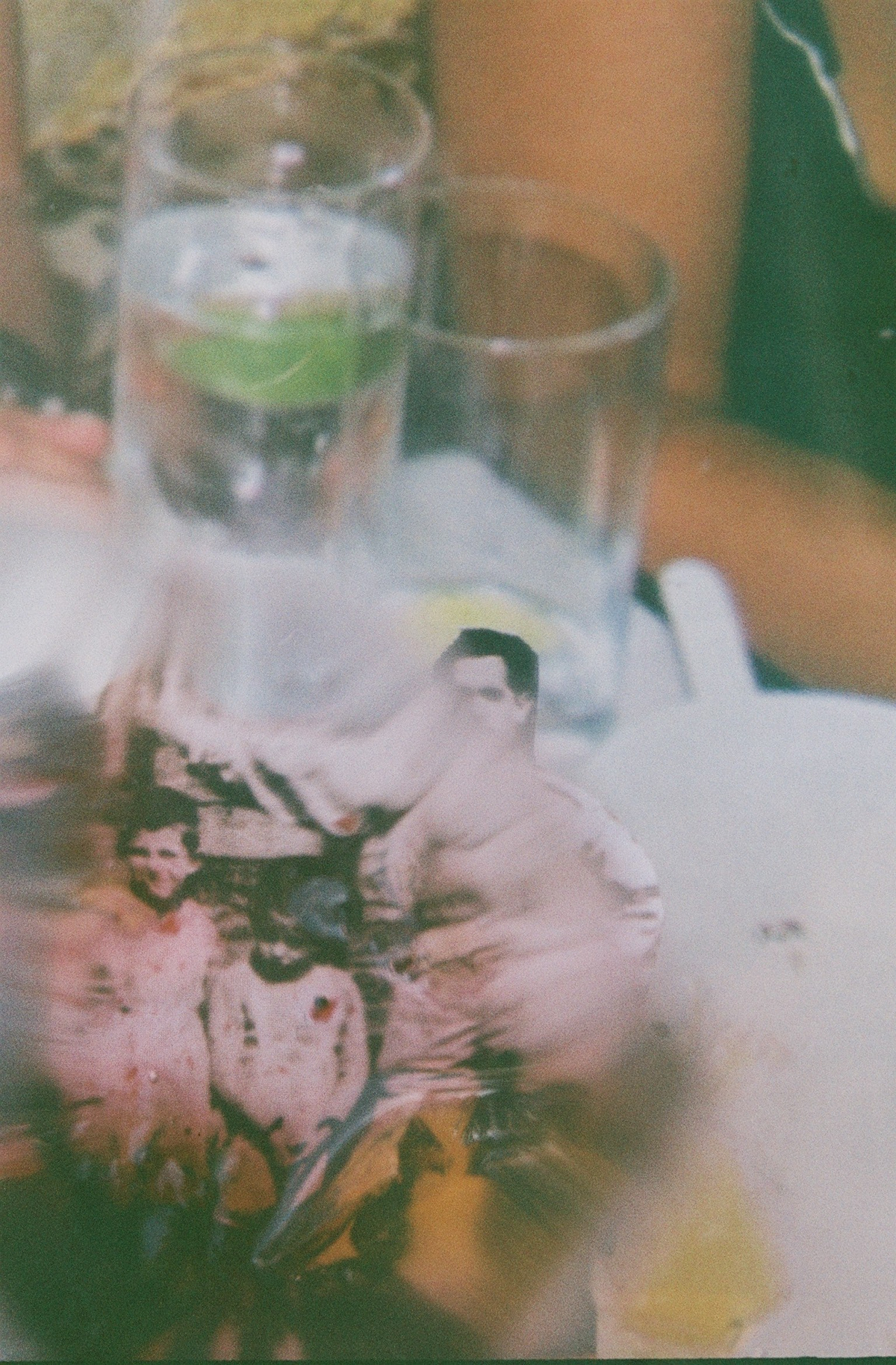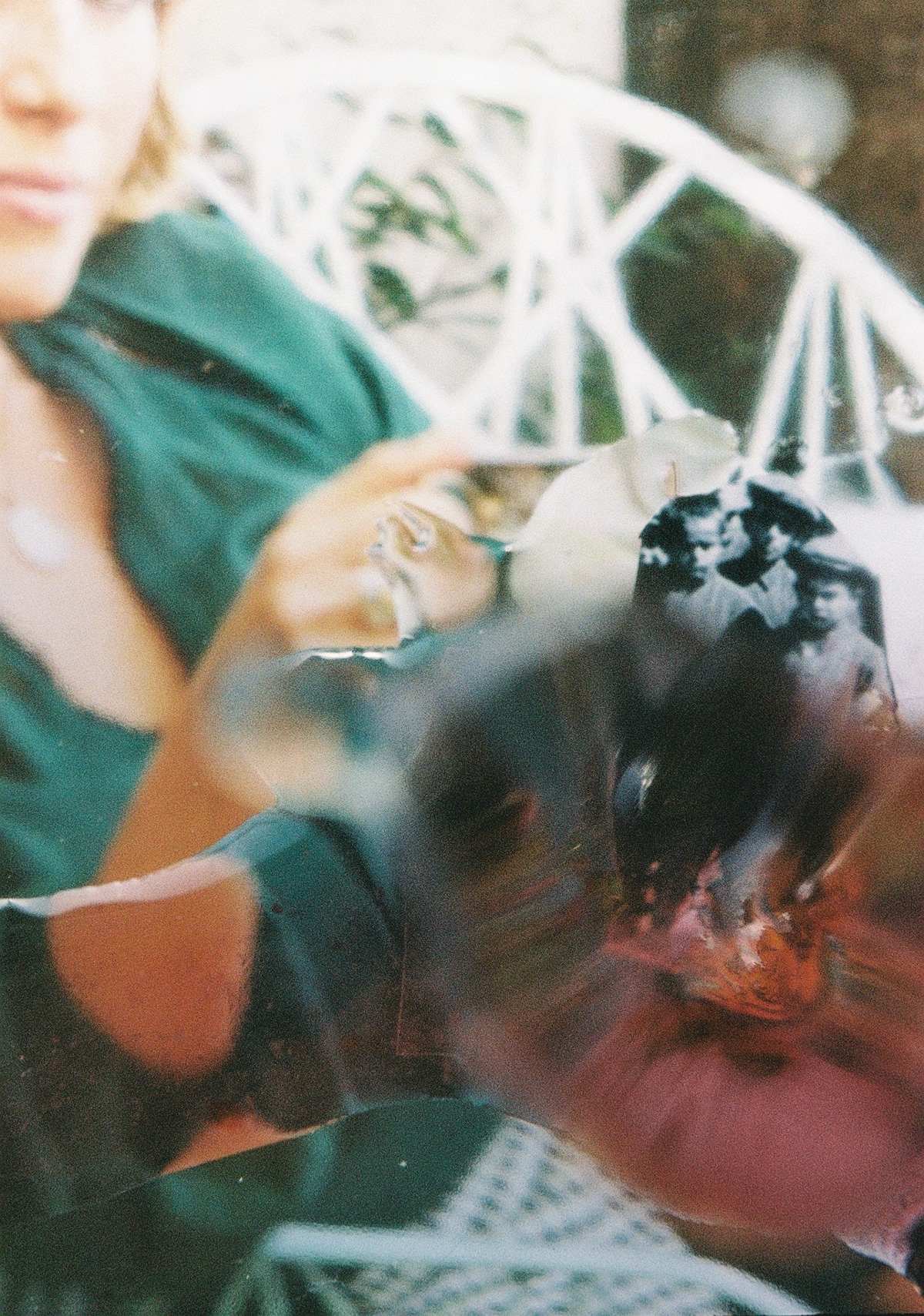
Basic Instincts
What is common between the process of eating and talking about the difficult past? At first sight, nothing, the absorption of food is the quintessence of hedonism, and the experienced misfortune can be equated to a tragedy. But incompatible perfectly combined. Both can be considered “basic instincts.”
Memories of tragedy increase appetite and help prolong pleasure, because hedonism requires "shading". The more we remember the hard years, the more we indulge in "all the bad." And the more money we spend on pleasure, the more we feel the need to justify our hedonism by remembering some episode from a poor (in our opinion) childhood. At the same time, the episode may not even be personal - the tragedy associated with the life of the whole country is also being used.
Tragedy can still occur in our day, but then the exciting difference becomes less obvious. Therefore, people tend to turn more often to the past than to the present.
A problem can arise if poverty or trouble comes after a good life and people don't know how to deal with it. In this case, they will have to become "material" for future generations.
On the composition, we see black and white figures of people from the past who obviously (or not obviously) got into a difficult situation - these are refugees, victims of the Holocaust, etc. At the same time, they "live" among the plates and glasses at the party or on the kitchen table. "Black and white people" personify a difficult past - they are intentionally much smaller than their entertaining contemporaries, who are who are literally ready to eat, drink or cook them. The black and white images are actual photographs of Holocaust victims.
Основные инстинкты
Что общего между процессом еды и разговорами о тяжелом прошлом? На первый взгляд, ничего, поглощение пищи – это квинтэссенция гедонизма, а пережитую беду можно приравнять к трагедии. Но, несовместимое прекрасно совмещается. И то и другое можно считать «основными инстинктами».
Воспоминания о трагедии повышают аппетит и способствуют растягиванию удовольствия, ведь гедонизм требует «оттенения». Чем больше мы вспоминаем тяжелые годы, тем больше мы пускаемся «во все тяжкие» - и заедаем стресс прошлых лет. И чем больше мы тратим денег на удовольствия, тем острее ощущаем потребность оправдать свой гедонизм, вспомнив какой-то эпизод из бедного (по нашему мнению) детства. При этом эпизод может быть даже не личным – трагедия, связанная с жизнью целой страны, тоже идет в ход.
Трагедия может происходить и в наши дни, но тогда волнительная разница становится не такой явной. Поэтому люди стараются чаще обращаться к прошлому, нежели к настоящему.
Проблема может возникнуть если бедность или беда приходит после хорошей жизни, и люди не знают как к этому отнестись. В таком случае им придется стать «материалом» для будущих поколений.
На композиции мы видим черно-белые фигурки людей из прошлого, которые явно (или не явно) попали в сложную ситуацию – это беженцы, жертвы холокоста и т.д. При этом они «живут» среди тарелок и стаканов на вечеринке или же на кухонном столе. «Черно-белые люди» олицетворяют тяжелое прошлое – они намеренно гораздо меньше развлекающихся современников, которые буквально готовы их съесть, выпить или приготовить. Черно-белые изображения – это настоящие фотографии жертв холокоста.






































